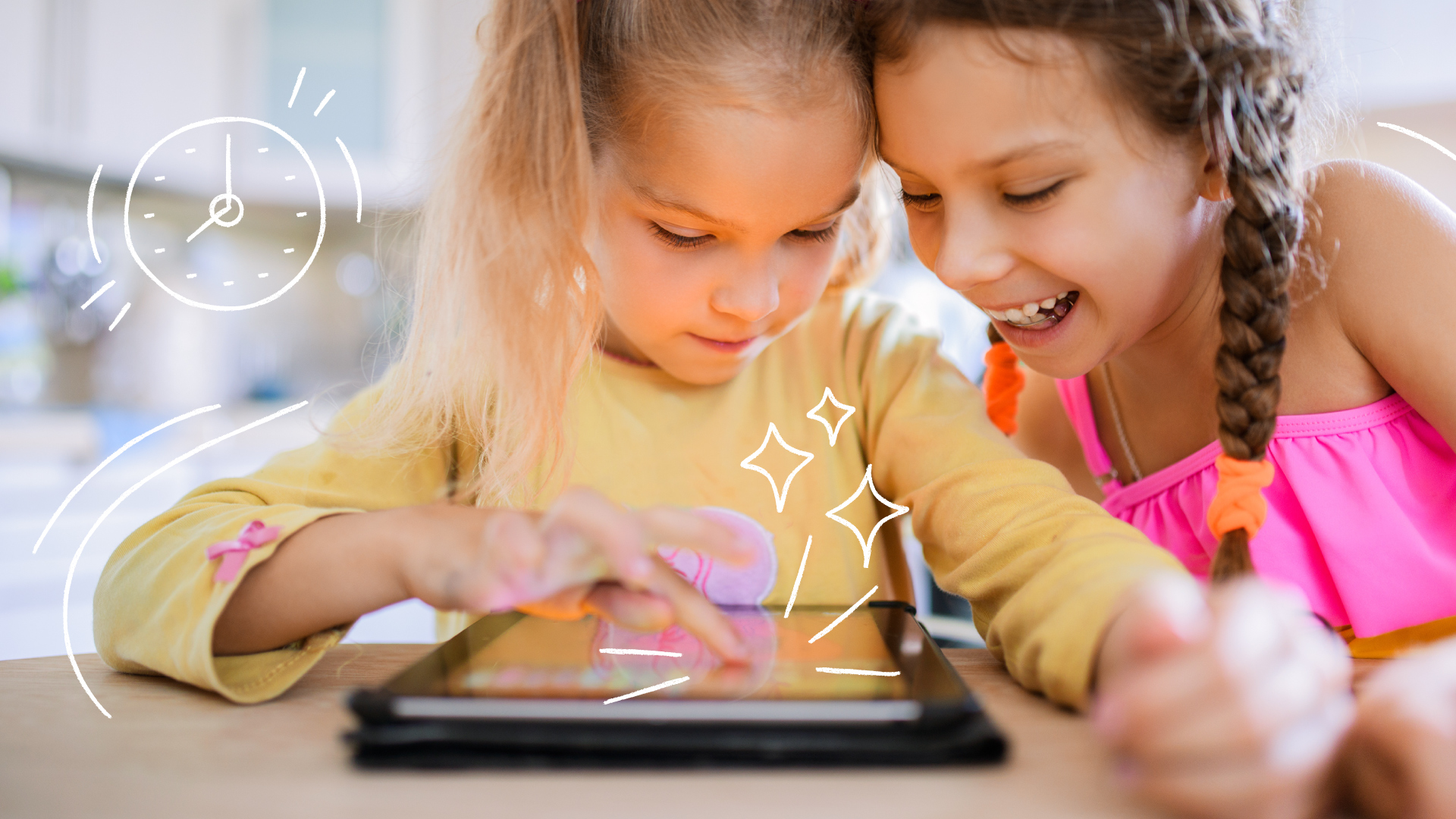
- 3 mins
Kids and Screen Time: Fact vs Myth

These days children are exposed to devices from a very young age. And if we are honest with ourselves, the latest online game does help us out when we need some “me time”. But that doesn’t mean that we don’t have to place firm boundaries on the amount of time and what is allowed to be played or watched. We might not know how to code a program online at ten years of age as our little one does, but we are still their parents.
According to Stiglic and Viner (2018), high levels of screen time are associated with various health harms, such as a poor diet, mood, and quality of life. Although this should be considered when limiting screen time, we also have to understand that our children live in a different era than we did when we were children. If we don’t expose them to technological devices, they might fall behind with education and fitting in with their peers. How might we strike a balance?
A fascinating study conducted by Oswald et al. (2020) showed the positive effects of balancing “screen time with green time” (time in nature). We believe that maintaining a balance of anything in life is optimal, and that can be what we model to our children. Are we on our phones during dinner or family time? If our children observe us constantly on our phones, iPads, or computers, it’s understandable that they would believe this is the norm.
How much screen time a child is allowed will be individualized for each family. A general guideline we suggest to parents, though, is no more than two hours a day on all devices. This could be shown to a child on a visual schedule, where your child can choose when to be on their devices. Or you can introduce a structured schedule, where screen time occurs at the same time every day. Either way, your child will understand the expectations and the time limit and prepare for the transition when this time is finished. You can always add an outdoor activity before and after screentime to ensure that “green time” is taken into account. For everyone in the family, it might be a good idea to limit screen time in the mornings before school and work.
You can also institute a rule where half of the screen time is focused on educational games or activities. There are some fantastic learning resources for kids, such as Lingo Kids and Moshi. Of course, there might be days when more screen time is allowed. Perhaps on a long car ride, and days when we can focus purely on “no screens”. As always, it’s good to prepare your child for these rule adjustments in advance.
Have fun, enjoy screen time, and remember that balance is key!
Oswald, T. K., Rumbold, A. R., Kedzior, S. G. E., & Moore, V. M. (2020, September 4). Psychological impacts of “screen time” and “green time” for children and adolescents: A systematic scoping review. PLoS One. doi: 10.1371/journal.pone.0237725
Stiglic, N., & Viner, R. M. (2019, January 3). Effects of screentime on the health and well-being of children and adolescents: A systematic review of reviews. BMJ Open. doi: 10.1136/bmjopen-2018-023191